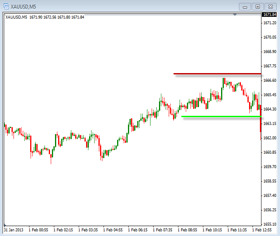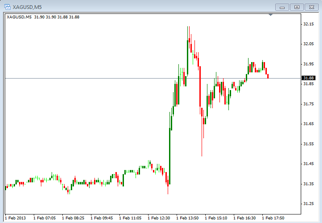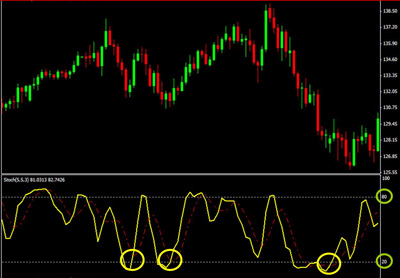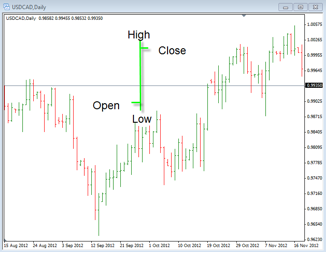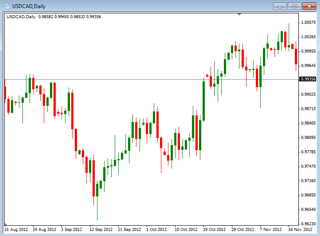I have the opportunity to communicate with many traders in several different markets and an interesting question came to mind due in large part to common statements and common themes among them. The question is the title of this article which led me to another question because the answer to the first question is often times very apparent. The second question is “Are most traders really qualified to make their own trading decisions?” I’m not trying to be controversial or funny in any way, based on what I hear from many of the traders that I communicate with both questions are very legitimate.
The first question is simply asking if we are making our trading decisions based on whatever trading method or model we are using which would require us to be disciplined traders or do we let our emotions, personalities and egos get in the way. In short, do we go where the market leads us or do we actually think that we can control it or negotiate with it to go where we want it to go? Essentially all markets will go where they go and all we can do as traders is to try to be on the right side of some of the moves that it makes. Hopefully we can align ourselves with it and let it carry us with it for as long as possible before it turns on us or before we exit for any number of reasons. The point is that if you are unemotionally following your trading strategy and it is a strategy that will win more times than it will lose and your losses are not proportionately larger than your wins you virtually have to be a successful trader. It seems to me that when traders get themselves into trouble is when they start thinking too much.
If you think about it, anytime that you enter the market, even if you enter randomly, you have a 50/50 chance of success because the price action can only go up or down. If you have a time tested method that increases your odds from 50/50 and you have been successful with it don’t let yourself get fooled into believing that you know something about what may or may not occur in the market. At some point many traders seem to come to the conclusion that they really do know allot about trading, they know allot about the markets in general and they really are creative in their approach to trading but what they don’t know allot about is what the markets will actually do. Once you come to the conclusion that you really do not know what the markets will do in conjunction with all of the things that you do know about trading and the markets you will realize that the best way to make consistent money in the markets over an extended period of time is to just quit thinking so much which really just leads to guessing.
When we think too much we fool ourselves into believing that we actually know something which of course we do not when it comes to what the market will do next. Often times we will set up our trades based on a good solid method but we just can’t leave it alone. We need to tweak it and make adjustments and possibly second guess ourselves altogether based on what we think we know instead of keeping in mind what we actually know which is nothing.
Separating and understanding what you actually know from what you may think you know will likely be the difference between being a very successful trader and being a mediocre trader at best. If you know that you can set yourself up to be successful more than 50% of the time be unemotional, stop over thinking things and habitually make and manage your trades just like you are a machine, turn your trading platform off if necessary after you setup your trade. If you can put the odds in your favor let them work in your favor by being patient and letting the market come to you so you can react to what it does versus over thinking yourself into believe you can predict what it will do.
